The Vulture- an Emperor Indeed !
The Vulture is one of the most striking birds: stately, majestic and symbolizing power. Hinduism which respects every animal from the lowliest ant to the mightiest elephant has a special place for vultures.
The vulture is sometimes considered an ungainly bird, possibly due to its association with death, since it feeds upon the flesh of the dead. These thoughts in turn feed on our mind and some would not relish the thought of beholding it with wonder.
However, the reality is way too different.
Who has not heard of the famed pair of brothers, Jatayu and Sampati – vultures who occupy central position in Ramayana, one of the greatest epics for humanity and celebrated by Hindus !
When a helpless Sita Devi was abducted by the monstrous demon king Ravana, the brave Jatayu fought him with courage unparalleled and would have perhaps even killed Ravana had the demon not chopped off his wings using his sword on a weaponless bird- a bird of immense strength which was using only its powerful beak and sharp talons. Once, during his youthful days, Jatayu while soaring high in the sky almost burnt his wings due to heat of sun . However, he was protected by his elder brother Sampati who soared above Jatayu, shielded his younger brother from the heat of sun as they both came flying down.
Alas ! In saving Jatayu , Sampati singed his own wings fully, rendering himself incapable of flying. What a sublime sacrifice !
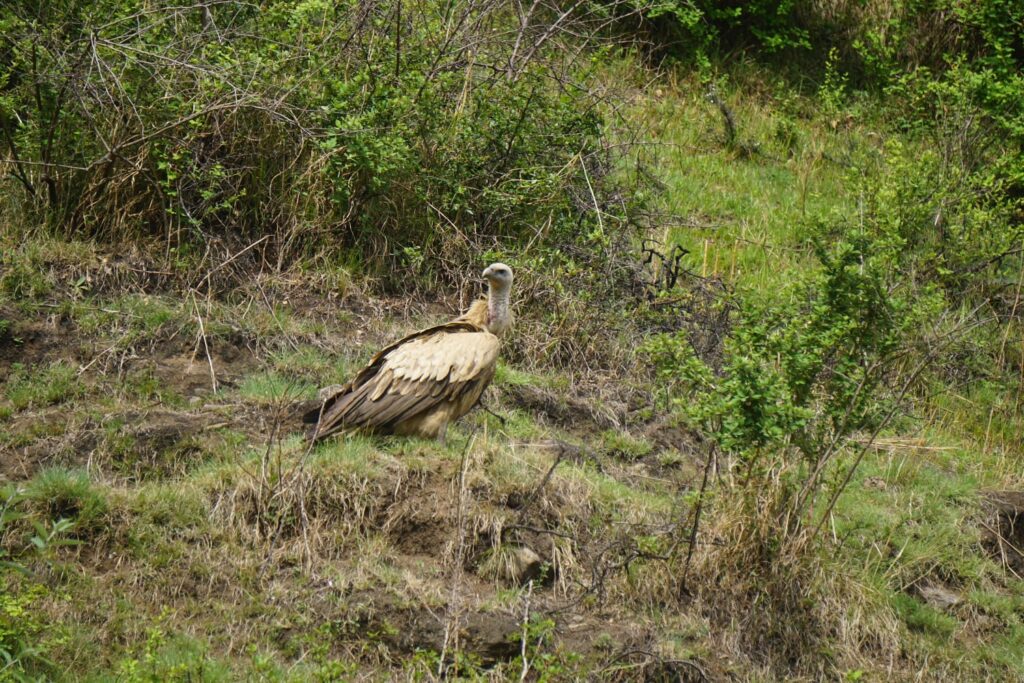
Years later, with the passage of time, the flightless Sampati helped the Vanara Sena (army of monkeys and bears) of Sugreeva by giving accurate details of Sita’s whereabouts since he had seen her being carried away. The keen eyesight of a vulture is well known to all. For this noble service rendered to Sri Rama, a miracle took place as Sampati sprouted new feathers and regained his power of flight!
Over the past few decades – from 1980s onwards- India has witnessed an alarming unprecedented decrease in vulture population from four crores (four hundred lakhs) to hardly four lakhs accounting for a decrease of 99% in vulture population! This decline was very fast and the reason was difficult to ascertain. Later the culprit was discovered to be the veterinary drug ‘Diclofenac’ used in the treatment of cattle. The vultures feeding on the carcass of cattle would suffer mass kidney failure leading to their near wipe-out.
Read about Jai Jagannath Puri Temple by clicking here
The Jatayu and Sparrow Conservation Breeding Centre is the world’s largest facility for breeding and conserving Indian vultures and the domestic house sparrow (which also has sadly plummeted down). It is run by the Haryana Forests Department and Bombay Natural History Society. India with an amazing biodiversity of flora and fauna boasts of 9 species of vultures but they are critically endangered. Thanks to the efforts of conservationists and environmentalists, the vulture population is now stabilizing with hope in sight, though recovery is still distant.
To be blessed with the sighting of vulture, more so when their numbers have dwindled alarmingly, is nothing less than having a darshan of descendent of Jatayu and Sampati. During a family visit to the Himalayan ranges of Uttarakhand in May 2024, we were fortunate enough to have sighted the Himalayan griffon vulture soaring overhead. As per the IUCN (International Union for Conservation of Nature), the Himalayan Griffin has been accorded the status of ‘Near Threatened’(NT). As such, at an altitude of 12000 feet, in the heart of Himalayas, far from human habitation and with an experienced bird guide like Hariom ji by our side to reveal the wonders of Mother Nature, the sight of this bird was truly awe-inspiring.
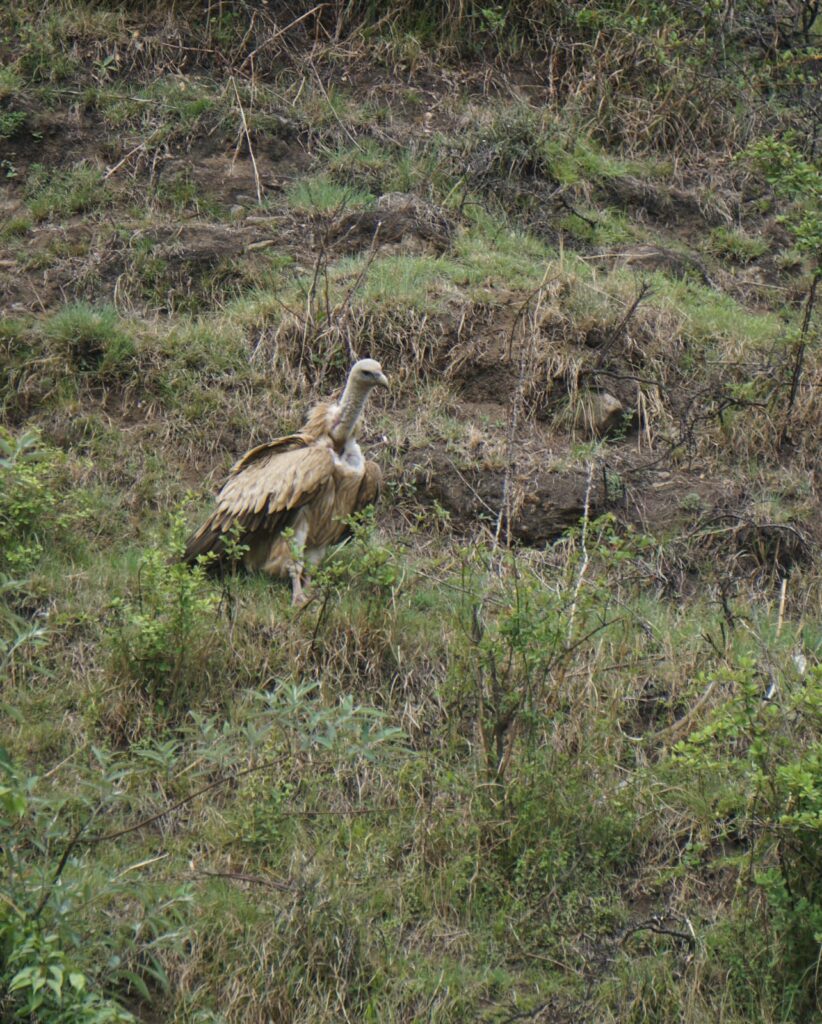
Later, it landed within comfortable viewing distance and appeared all the more magnificent through the binoculars and was captured ably on the camera by Namaha, my 13-year-old daughter. She has been by me side in the capacity of dependable photographer from the age of 11. The bird had come down to feed on the carcass of a kill, possibly by the elusive snow leopard. Even in flight, the griffon vulture with a wingspan of 8 feet is a delight for the eye to behold. The skill of our guide Hariom ji in being observant and attentive to every bird around us – big or small- and in locating and identifying it by its call or even the pattern of flight deserves appreciation.
Even during our earlier visit to Ranthambore Sanctuary in February 2023, we were pleasantly surprised by the sighting of a red-headed vulture (also called the Asian king vulture) perched atop a tall tree and surveying the area from a vantage point.
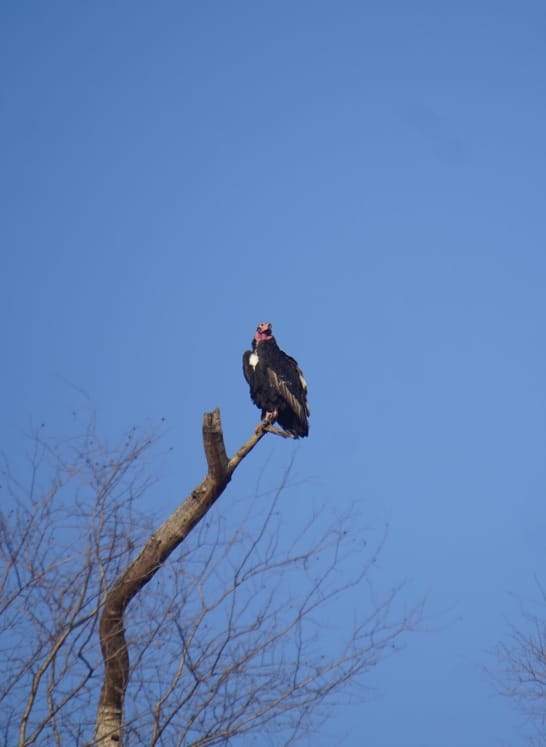
To conclude, the vulture occupies a very important position in the ecosystem as a scavenging animal which disposes off the dead with amazing rapidity and keeps the environment clean. The rapid decline in its population has been a cause of concern even for the Parsi community. Unlike other faiths, they neither bury nor cremate their dead but the body is left for the vulture in the “Tower of Silence”. However, with crisis in vulture population, this is now posing a difficulty.
In India, for centuries together, the dead livestock and cattle have always been a source of food for the vulture. However, the diminishing vulture population leads to the prolonged decaying of dead which is a cause for spreading illness among humans. Also the dead livestock are eaten up by feral dogs and rats whose population goes on multiplying thereby inviting the danger of rabies for the human population. In view of all this, the restoration of vulture population to reach a healthy count in the ecosystem is of utmost importance.
It is not just about vultures alone. It is after all a part of the food chain and hence it calls for the ecosystem
to be robust, not fragile. Hence, it is the duty of the government in power to give prime importance to the environment, afforestation, tree plantation drive and laying curbs on the merciless chopping of trees and forests in the name of development. Certainly, development is needed but not at the expense of the environment for after all, humans are part of the environment – as rightly recognized by our sages since time immemorial. In this regard, even the common citizen has a role to play.
About Author – Manoj Shankar Naik
Manoj Shankar Naik is in the coaching profession teaching Mathematics for school and junior college as well as competitive entrance exams for admission to engineering courses. Apart from his profession, he has a deep interest in the history of the colonial era and is fairly well-versed in the writings of most national leaders.
Photo Credits – Namaha Naik

Thank you, Namaha for the wonderful photos.
The present serialization of articles is for bringing out two things. Firstly, care and concern for the environment driven by a love for birds, animals and trees is visibly imprinted in Hinduism as can be seen in the importance given to every living creature: if this love for the environment is deeply internalized, then the global menace of man-nature conflict can certainly be averted.
Secondly, environmental rejuvenation calls for reconnecting with the core message of Hinduism: stay in harmony with nature on the principle of cooperation and compassion. These are vital lessons to sensitize the human mind to respect and protect nature and not exploit it for greed.
We would like to know your perspective as well. Please comment below to give your feedback and views.
If you want to be part of our journey or would like to share your views you can also email us at saffronlegacy01@gmail.com
Blogs written by Manoj Naik
Historical perspective for the movie Swantantrya Veer Savarkar

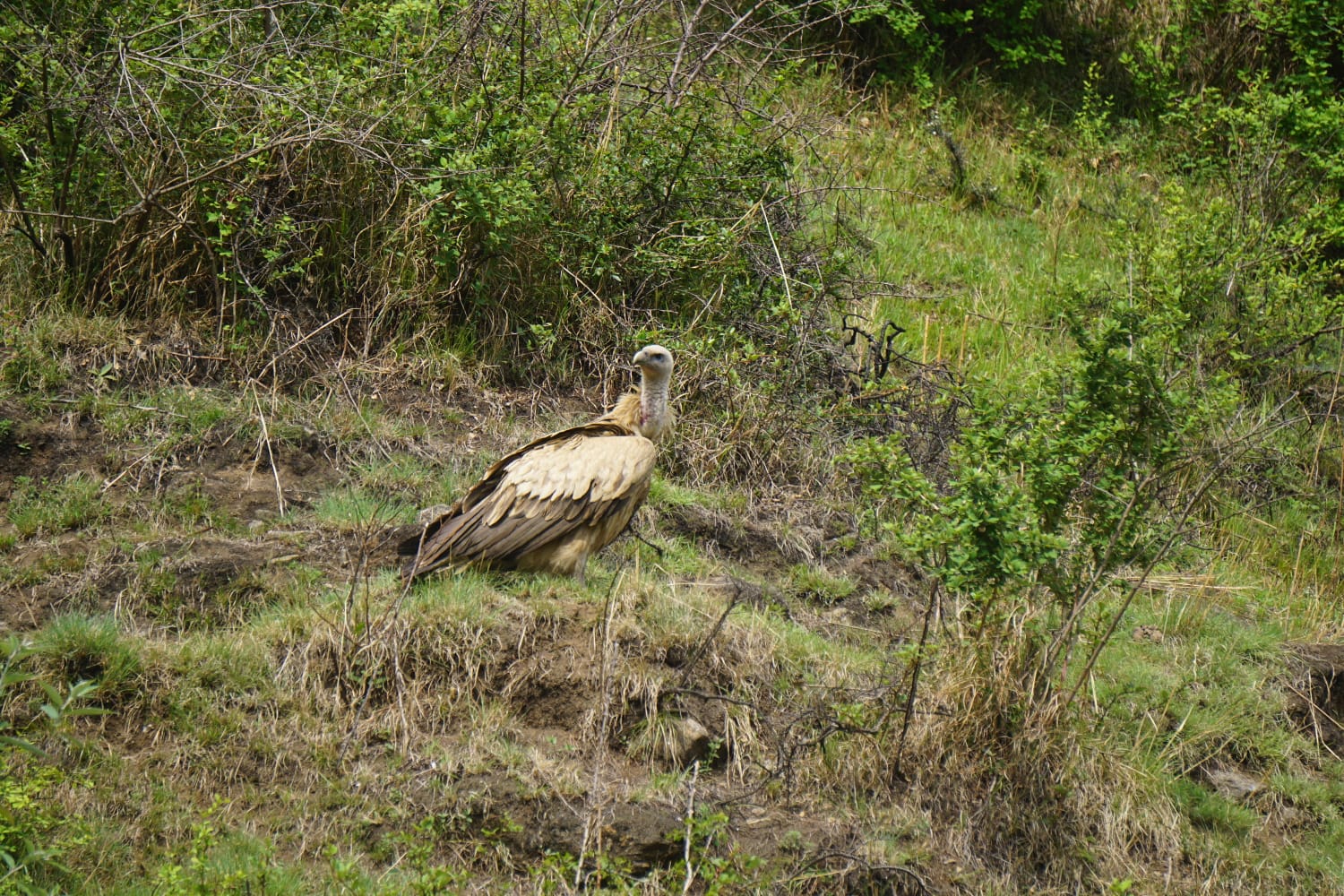
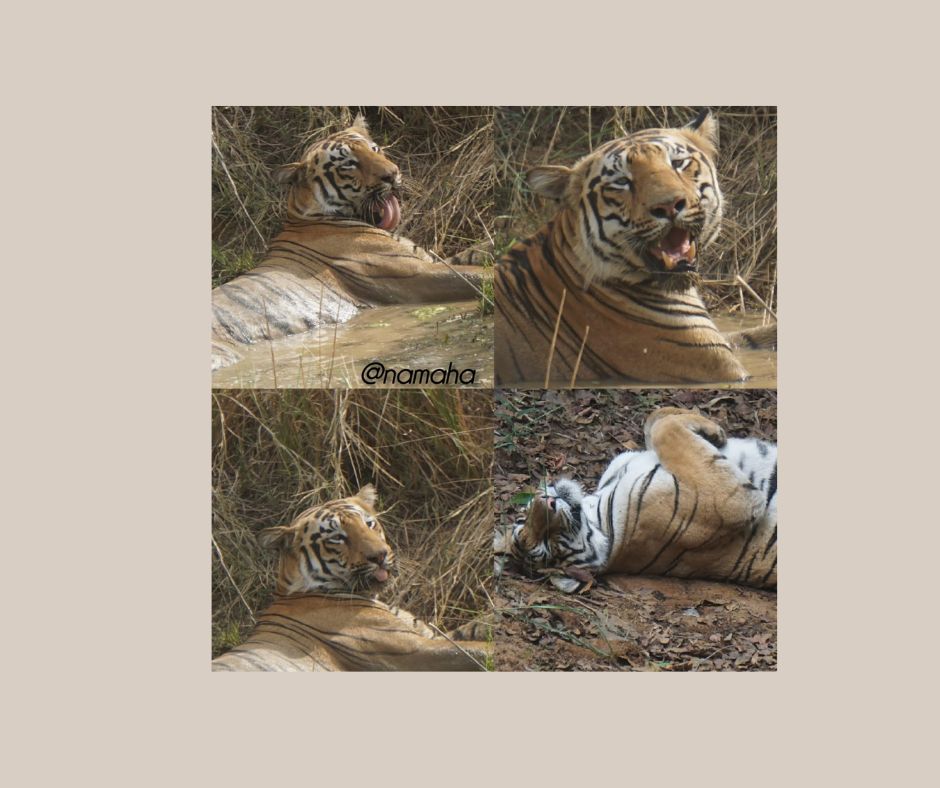
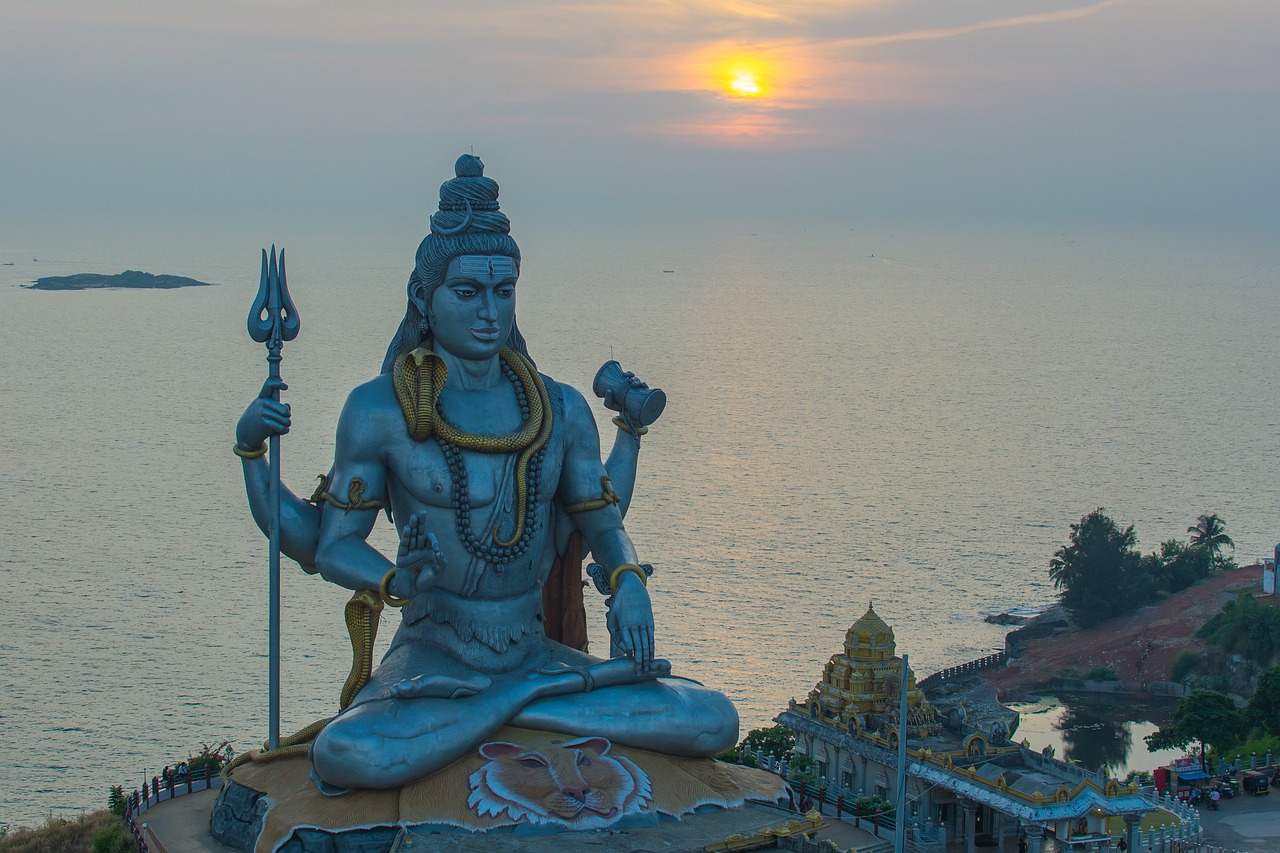

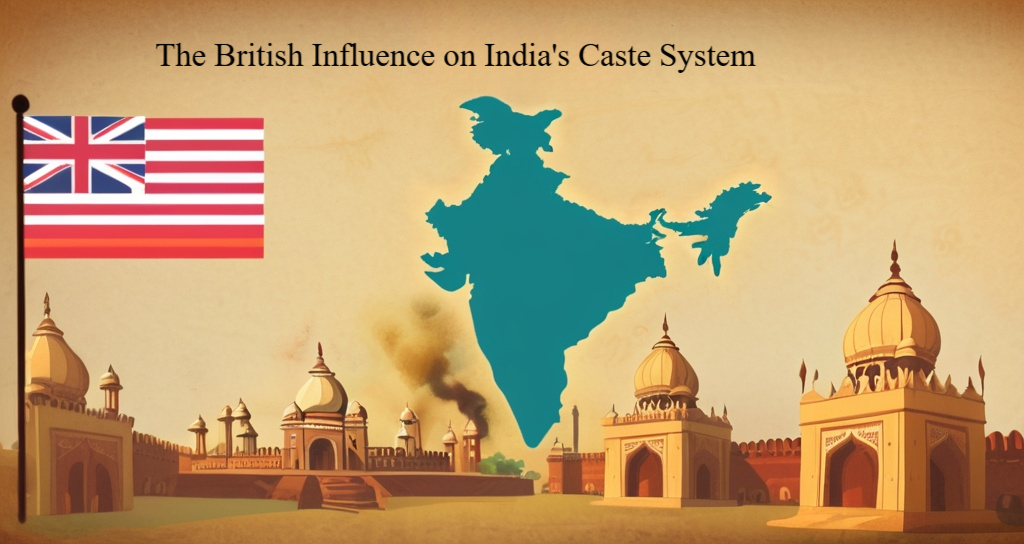
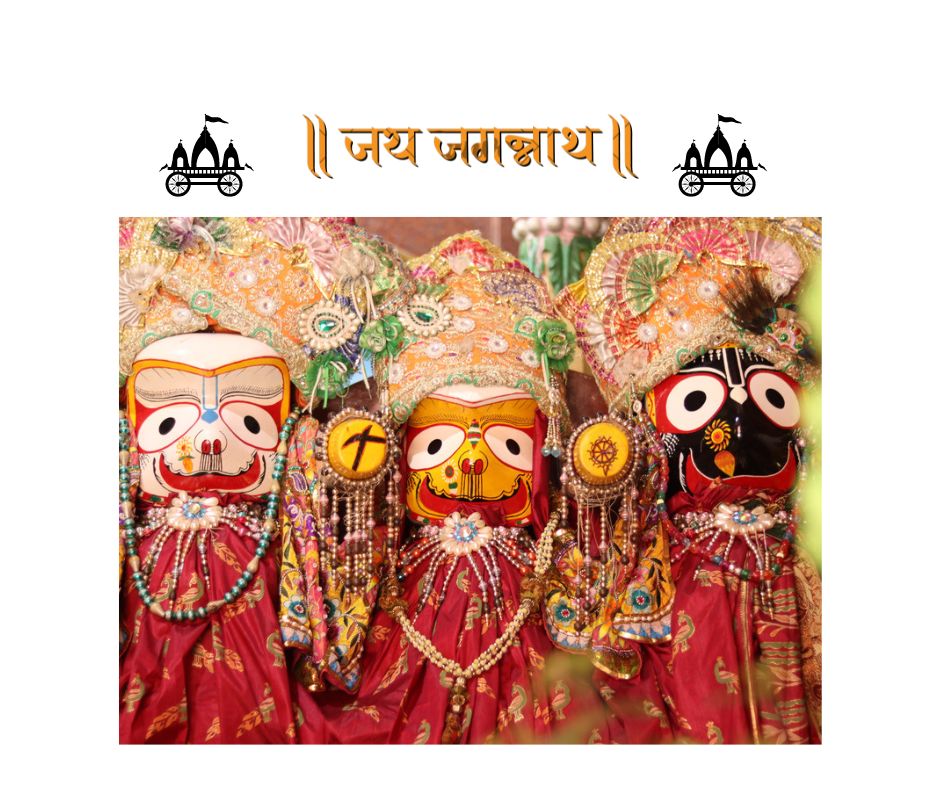

Lovely Pictures & Article. Appreciate the young Namaha enthusiasm in Wild Photography standing besides her Father Manoj Naik.
Thanks to Raju for sharing the article with a touch of Ramayana history & True role of this Scavanger Mighty Bird !
Thank you for your appreciation.
Wonderful article synchronising our religion & culture with environment & nature conservation.
We all have to strive to keep our flora & fauna intact & give them their rightful place in Nature’s lap
Thank you Bhushan for your feedback.
Very well written Manoj! It is so sad to see the downstream effects of medicines (hopefully) used to cure ailments of cattle! So aptly said one’s medicine can be poison to others! Is there any move in avoiding diclofen?
Nice pictures Namaha
Thank you Uma for your feedback.
Thank you Uma for the valid concern shown by you. The drug diclofenac has been banned by Government of India from veterinary use in 2006. In 2023, the Centre also put an immediate ban on two more drugs aceclofenac and ketoprofen, which are equally toxic to the the vulture. Apart from political will, greater involvement coming from the people is also necessary and we can only hope and pray that the hard work put in by conservationists bear fruit. (Link attached).
https://www.downtoearth.org.in/wildlife-biodiversity/gamechanger-for-india-s-vultures-experts-laud-centre-s-move-to-ban-aceclofenac-ketoprofen-90990
Thank you Uma for the valid concern shown by you. The drug diclofenac has been banned by Government of India from veterinary use in 2006. In 2023, the Centre also put an immediate ban on two more drugs aceclofenac and ketoprofen, which are equally toxic to the the vulture.(Link attached).
https://www.downtoearth.org.in/wildlife-biodiversity/gamechanger-for-india-s-vultures-experts-laud-centre-s-move-to-ban-aceclofenac-ketoprofen-90990
Eventually the use of Diclofenac must be avoided in cattles and rather use an effective alternate rather.
Thank you Vaibhav for your feedback
Thank you Vaibhav for the valid concern shown by you. The drug diclofenac has been banned by Government of India from veterinary use in 2006. In 2023, the Centre also put an immediate ban on two more drugs aceclofenac and ketoprofen, which are equally toxic to the the vulture.(Link attached).
https://www.downtoearth.org.in/wildlife-biodiversity/gamechanger-for-india-s-vultures-experts-laud-centre-s-move-to-ban-aceclofenac-ketoprofen-90990